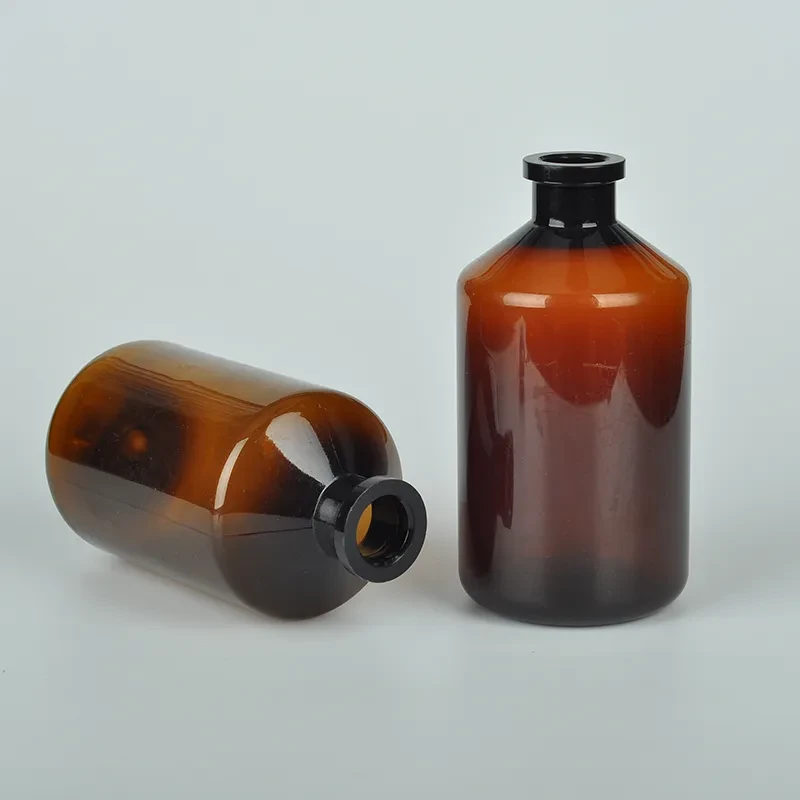tube for plasma collection
The Importance of Tube Selection for Plasma Collection
In the field of laboratory medicine, plasma collection is a crucial step in diagnosing various health conditions, conducting research, and optimizing treatment regimens. The selection of the appropriate tube for plasma collection is vital for ensuring the integrity of the specimen and the accuracy of test results. In this article, we will delve into the significance of using the correct tubes, their types, and best practices for plasma collection.
Plasma, the liquid component of blood that holds blood cells in suspension, contains various proteins, electrolytes, hormones, and waste products. Collecting plasma requires specialized tubes that can preserve these components and prevent contamination. The choice of tube material, additives, and volume is essential to achieve optimal results.
Typically, plasma collection involves using tubes made of either glass or plastic. Glass tubes are sometimes preferred for specific tests because they are non-reactive and can minimize the risk of contamination. However, plastic tubes have become increasingly popular due to their durability, lightweight nature, and reduced risk of breakage.
When it comes to additives, there are several types of tubes designed for plasma collection, each containing specific anticoagulants that prevent blood from clotting. The most commonly used anticoagulants are EDTA (Ethylenediaminetetraacetic acid), heparin, and sodium citrate.
1. EDTA Tubes These are typically indicated for hematological studies. EDTA binds calcium, which is necessary for blood coagulation, thus preventing clot formation. However, it can interfere with certain biochemical tests, so it’s essential to use this type of tube only when appropriate.
2. Heparin Tubes Heparin prevents clotting by inhibiting thrombin and factor Xa. These tubes are often used for plasma chemistry tests and are preferred when a rapid turnaround time is required. Different types of heparin tubes include lithium or sodium heparin, and the choice depends on the specific tests to be conducted.
tube for plasma collection

3. Sodium Citrate Tubes Commonly used in coagulation studies, sodium citrate tubes maintain the blood’s clotting factors for accurate assessment. The volume of blood collected must be carefully measured to maintain the correct blood-to-additive ratio, typically 91 for accurate coagulation testing.
In addition to the type of tube selected, proper handling and collection techniques are critical in ensuring sample integrity
. Here are some best practices for plasma collection- Labeling Clearly label all tubes with the patient’s information, date, time of collection, and the type of test required. This step is crucial for preventing errors during analysis.
- Venipuncture Technique Use the appropriate venipuncture technique to minimize hemolysis, which can interfere with test results. Ensure that the correct gauge needle is used and avoid excessive movement or trauma to the vein.
- Mixing After blood collection, properly invert the tubes containing anticoagulants several times to mix the blood and the additive thoroughly. This step is vital to ensure that the anticoagulant works effectively.
- Storage Conditions Plasma samples should be processed and frozen promptly when necessary. Delays in processing can lead to degradation of some analytes, affecting the accuracy of test results.
In conclusion, the selection of tube for plasma collection is a foundational step that significantly impacts the outcomes in laboratory testing. By understanding the types of tubes available, the importance of anticoagulants, and following best practices, healthcare professionals can optimize plasma collection processes and ensure accurate diagnostic results, ultimately leading to better patient care.
-
Aesthetic Makeup Spray Bottles | Fine Mist Empty RefillableNewsAug.19,2025
-
White Plastic Veterinary Vaccine Vials | Lab Liquid BottlesNewsAug.18,2025
-
Plastic Medicine Liquid Bottle: Secure Flip Top Drug VialsNewsAug.17,2025
-
Durable 250ml Blue Plastic Vaccine Vial for Lab & Vet UseNewsAug.16,2025
-
Sterile Virus Sample Tubes: Secure & Reliable Specimen CollectionNewsAug.15,2025
-
White 250ml Plastic Vaccine Vial for Lab & Vet MedicineNewsAug.14,2025
























